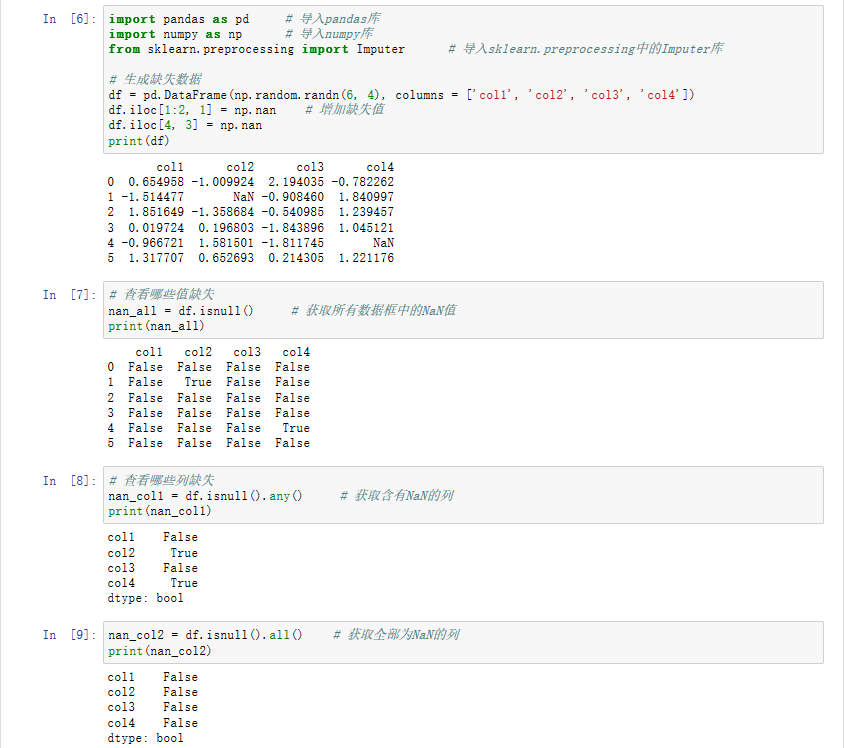Here is a functional programming puzzle involving loop-tying and infinite data structures. There is a bit of background, so hang tight.
The setting. Let us define a data type representing recursive data types:
type Var = String
data STerm = SMu Var STerm
| SVar Var
| SArrow STerm STerm
| SBottom
| STop
deriving (Show)
i.e. t ::= μα. t | α | t → t | ⊥ | ⊤. Note that ⊥ denotes the type with no inhabitants, while ⊤ denotes the type with all inhabitants. Note that (μα. α) = ⊥, as μ is a least fixpoint operator.
We can interpret a recursive data type as an infinite tree, arising from repeatedly unfolding μα. t to t[α ↦ μα. t]. (For a formal description of this process, see http://lucacardelli.name/Papers/SRT.pdf) In Haskell, we can define a type of lazy trees, which don't have μ-binders or variables:
data LTerm = LArrow LTerm LTerm
| LBottom
| LTop
deriving (Show)
and, in ordinary Haskell, a conversion function from one to the other:
convL :: [(Var, LTerm)] -> STerm -> LTerm
convL _ STop = LTop
convL _ SBottom = LBottom
convL ctx (SArrow t1 t2) = LArrow (convL ctx t1) (convL ctx t2)
convL ctx (SVar v)
| Just l <- lookup v ctx = l
| otherwise = error "unbound variable"
convL ctx (SMu v t) = fix (\r -> convL ((v, r) : ctx) t)
However, there is a problem with this function: it's not productive. If you run convL [] (SMu "x" (SVar "x")) you will infinite loop. We would rather get LBottom in this case. An interesting exercise is to directly fix this function so that it is productive; however, in this question I want to solve the problem differently.
Productivity with the delay modality. When we build cyclic data structures as above, we need to make sure we do not use the results of our computations before we have constructed them. The delay modality is a way of ensuring that we write productive (non infinite looping) programs. The basic idea is simple: if the type Int means that I have an integer today, I define a type constructor D, so that D Int means that I have a value of type Int tomorrow. D is a Functor and an Applicative (but NOT a monad.)
-- D is abstract; you are not allowed to pattern match on it
newtype D a = D a
deriving (Show)
instance Functor D where
fmap f (D a) = D (f a)
instance Applicative D where
D f <*> D a = D (f a)
pure x = D x
With D, we define a fixpoint operator: it says that to construct a value of a, you can have access to the a you are constructing, as long as you only use it tomorrow.
fixD :: (D a -> a) -> a
fixD f = f (D (fixD f))
For example, a Stream consists both of a value a I have today, and a stream Stream a which I have to produce tomorrow.
data Stream a = Cons a (D (Stream a))
Using fixD, I can define a map function on streams which is guaranteed to be productive, since the recursive call to map is only used to produced values that are needed tomorrow.
instance Functor Stream where
fmap f = fixD $ \go (Cons x xs) -> Cons (f x) (go <*> xs)
The problem. Here is a variant of LTerm with an explicit delay modality.
data Term = Arrow (D Term) (D Term)
| Bottom
| Top
deriving (Show)
Using fixD (no non-structurally recursive references allowed), how do I write a function conv :: STerm -> Term (or conv :: STerm -> D Term)?
A particularly interesting test case is SMu "x" (SArrow STop (SMu "y" (SVar "x"))); there should be no Bottoms in the resulting structure!
Update. I accidentally ruled out structural recursion on STerm, which was not the intent of the question; I've reworded to remove that restriction.



![Prime Path[POJ3126] [SPFA/BFS] Prime Path[POJ3126] [SPFA/BFS]](https://oscimg.oschina.net/oscnet/e1200f32e838bf1d387d671dc8e6894c37d.jpg)
